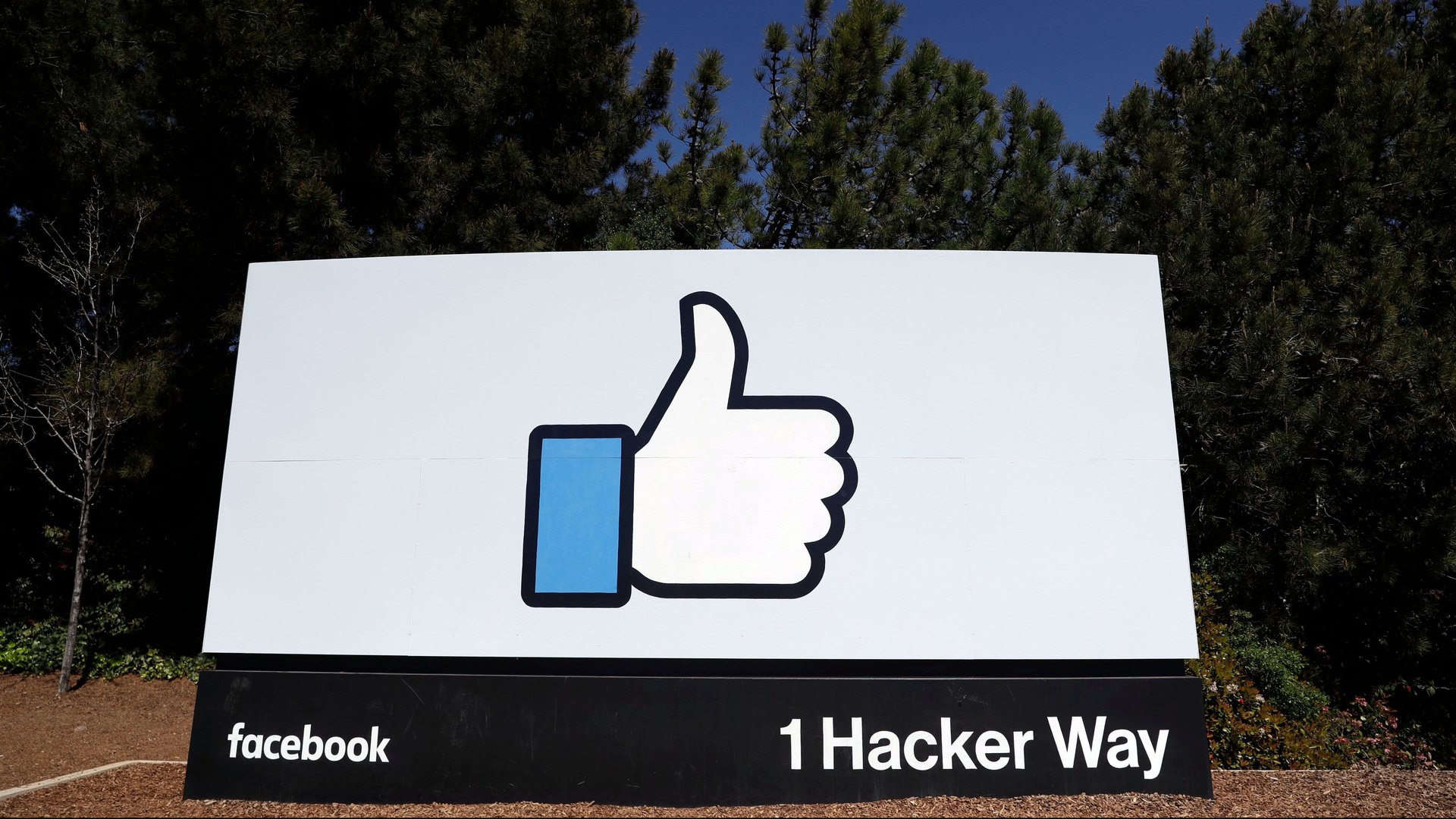Facebook thinks it can make social video happen where Netflix couldn’t
Facebook wants to be the new water cooler.


Facebook wants to be the new water cooler.
The tech company joined the crowded online video sector last year, entrenched with veteran players like Netflix and YouTube, when it launched Facebook Watch. It told CNBC this week its social network will be what sets its video hub apart. Facebook’s Watch platform harkens back to the days of appointment TV, when people gathered around the TV set to watch a program. It aims to be a place where people can watch and discuss videos together, even if viewing on their own schedules or from smartphones.
“We are fundamentally different,” Fidji Simo, Facebook’s head of video, told CNBC. “We are really not focused on passive consumption of video. We are focused on building communities and connections around videos.”
With 2.2 billion monthly active users around the globe, Facebook has an advantage in making online video more social. But it’s far from the first platform to try.
YouTube is, in essence, a social video platform, where audiences can watch videos, including live broadcasts, and comment on them. For a while, users were even asked to connect to Google’s ill-fated Google+ social network. And, in 2006, before Netflix started streaming video and Facebook was just starting to open itself up to more than students, Netflix attempted a social network of sorts for its DVD-rental members: It created a tab were subscribers could connect with friends on the service, share what they were watching, and see what others were watching, among other features.
About 2% of Netflix members used it, Todd Yellin, vice president of product at Netflix, said at a press event earlier this year. Netflix tested different social features on the Friends & Community tab, as it was called. “No matter how hard, how many times we knocked our head against that concrete wall—two percent,” Yellin said. “That was the ceiling.”
Around 2012, Netflix thought it figured out the problem. People didn’t want to connect with friends on Netflix’s social platform, it thought, because they were already using networks like Facebook. So it integrated with Facebook’s network to allow people to share what they were watching on the social media site. “You know about that tree that falls in the forest?” Yellin said. “Well, no one cared. It didn’t do anything.”
Netflix eventually scrapped its social networking efforts. Now, its social media team primarily connects with audiences on platforms like Twitter and Facebook, and runs accounts for popular shows like Stranger Things and Orange Is the New Black.
It’s possible audiences weren’t ready for social video when Netflix was trying, or that Netflix just wasn’t big enough then. At Facebook’s size, 2% of its users would be about 44 million people. So far, however, most Facebook users aren’t really watching anything on Watch, which became available globally last week.
Facebook has highlighted members’ favorite TV shows and movies on profile pages for years, and is trying new ways to make viewing content on its platform social. It’s launched a ”Watch Party” feature thats lets people screen videos together, and gameshow-style formats where viewers can influence content in real-time, to encourage engagement and discussion around videos. If Netflix’s attempts are any indication, there just may not be enough viewers who care.